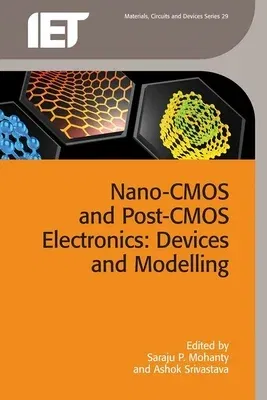The demand for ever smaller and portable electronic devices has driven
metal oxide semiconductor-based (CMOS) technology to its physical limit
with the smallest possible feature sizes. This presents various
size-related problems such as high power leakage, low-reliability, and
thermal effects, and is a limit on further miniaturization. To enable
even smaller electronics, various nanodevices including carbon nanotube
transistors, graphene transistors, tunnel transistors and memristors
(collectively called post-CMOS devices) are emerging that could replace
the traditional and ubiquitous silicon transistor. This book explores
these nanoelectronics at the device level including modelling and
design.
Topics covered include high-k dielectrics; high mobility n and p
channels on gallium arsenide and silicon substrates using interfacial
misfit dislocation arrays; anodic metal-insulator-metal (MIM)
capacitors; graphene transistors; junction and doping free transistors;
nanoscale gigh-k/metal-gate CMOS and FinFET based logic libraries;
multiple-independent-gate nanowire transistors; carbon nanotubes for
efficient power delivery; timing driven buffer insertion for carbon
nanotube interconnects; memristor modeling; and neuromorphic devices and
circuits.
This book is essential reading for researchers, research-focused
industry designers/developers, and advanced students working on
next-generation electronic devices and circuits.

